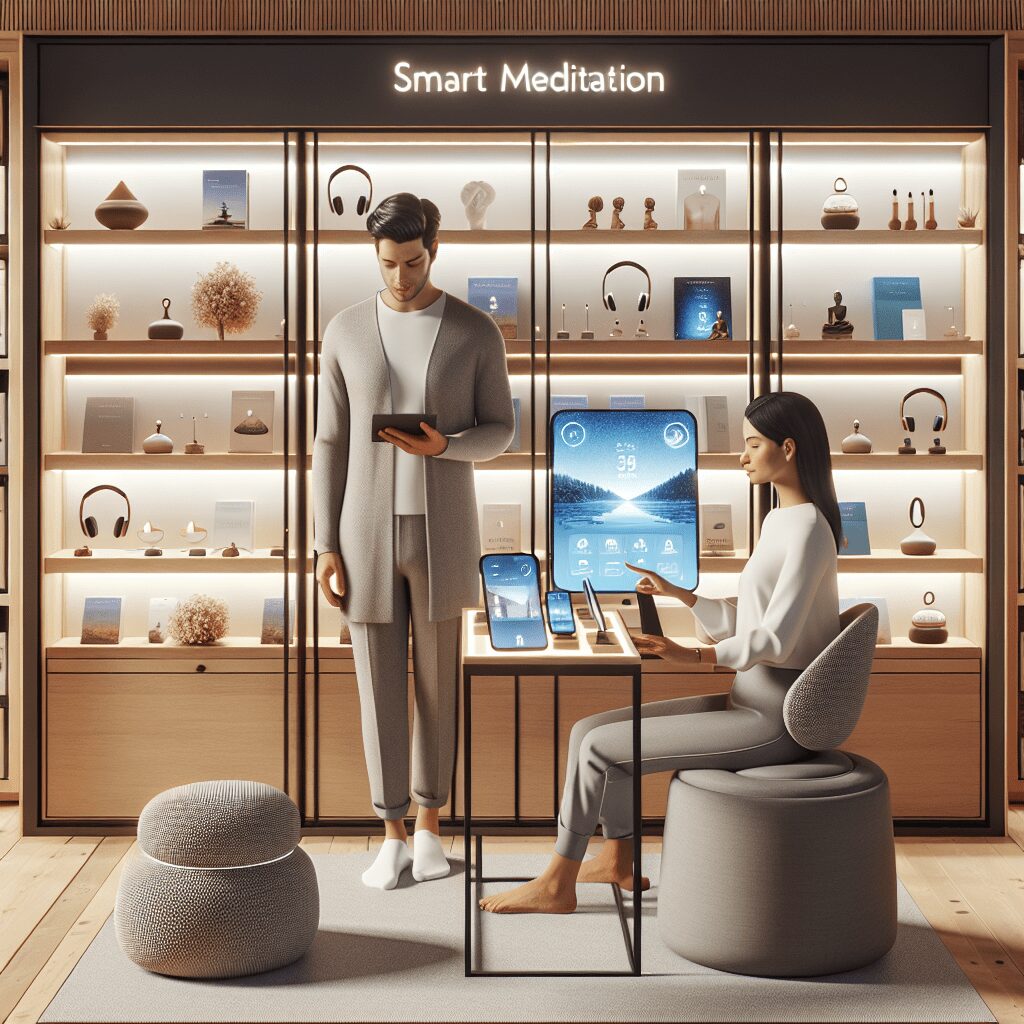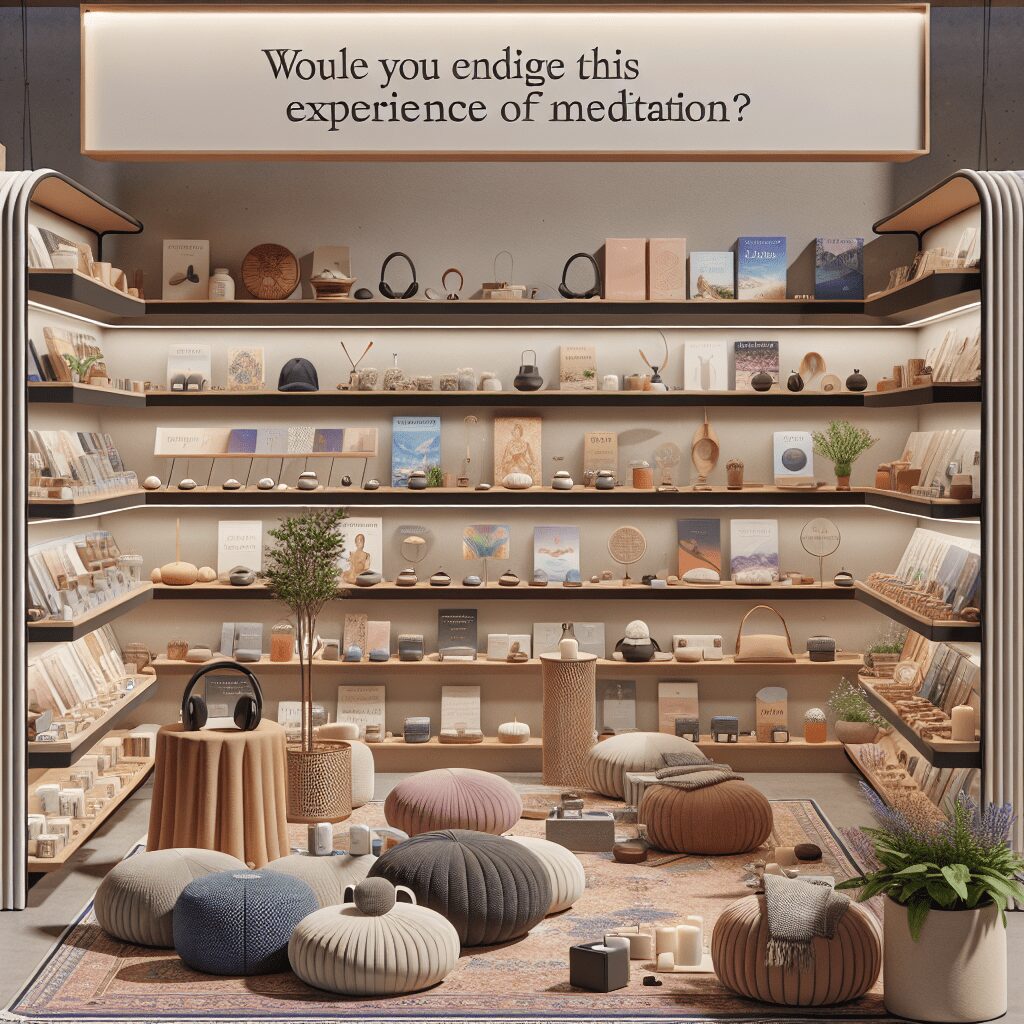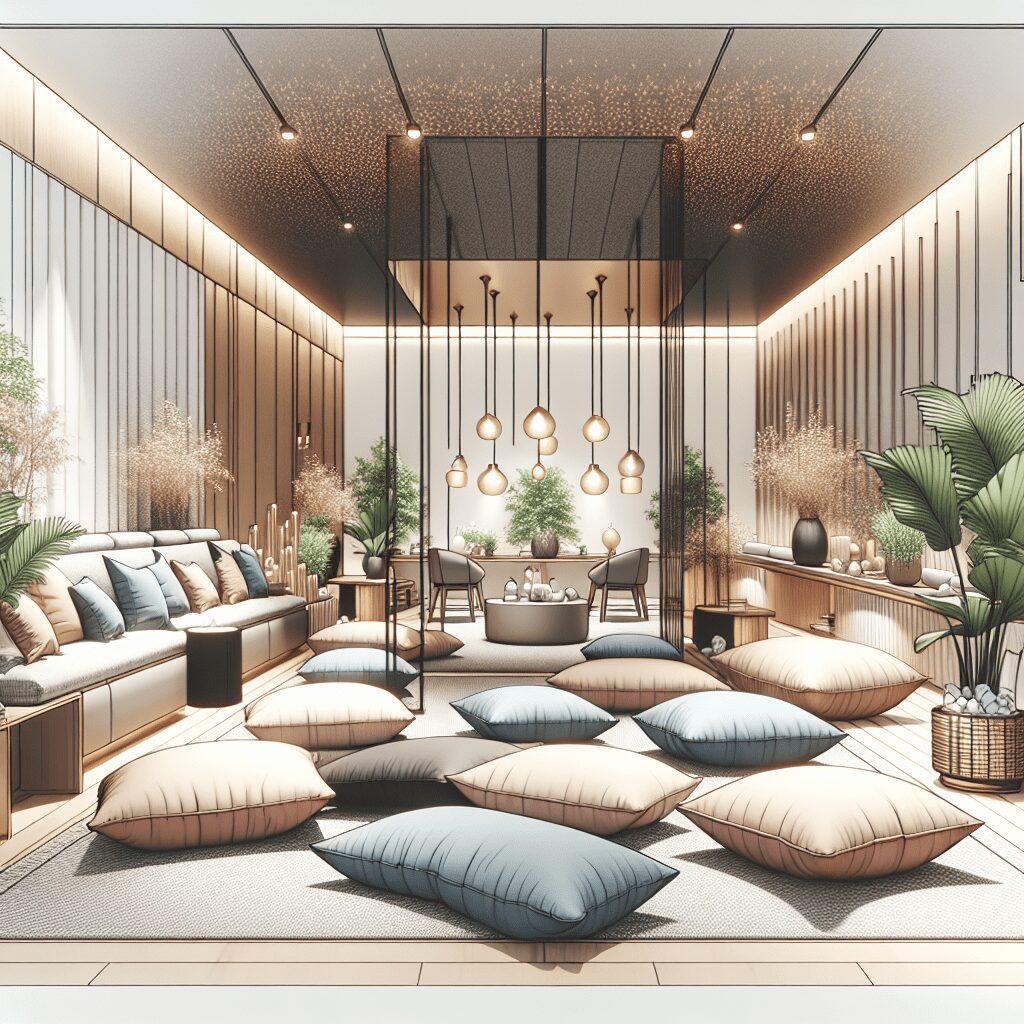
Prioritize your mental well-being daily. Enhance your life by nurturing your mental health with the Smart Meditation app. Break free from stress, alleviate anxiety, and enhance your sleep quality starting today.
What Color Is Good For Meditation?
Unveiling the Palette: The Best Colors for Meditation
When it comes to meditation, the atmosphere is key. You’ve probably heard the adage, “Setting the mood,” right? Well, it turns out, the color scheme of your meditation space isn’t just about aesthetics; it can significantly impact your ability to relax and focus. So, before you dive headfirst into your next zen session, let’s break down which colors can enhance your meditative experience, making it as soothing and effective as possible.
The Shades of Serenity
Meditation is all about finding that inner peace, and some colors naturally lend a hand (or, should we say, an eye?) in this pursuit. Here’s the lowdown on the hues that could transform your meditation from meh to magical.
- Blue: The Cool Calm
-
Think of the sky on a clear day or the serene expanse of the ocean. Blue is a universally calming color, evoking feelings of tranquility and stability. Lighter blues can help clear the mind, making it an excellent backdrop for meditation.
-
Green: Nature’s Embrace
-
Ever wonder why a walk in the park feels so refreshing? Green is the color of nature, symbolizing growth, harmony, and renewal. Surrounding yourself with green can help reduce anxiety, making it easier to slip into a meditative state.
-
Lavender: The Scent of Calm
-
This one’s a bit of a cheat code. Not only is lavender a visually calming shade, but it’s also associated with the soothing properties of the lavender plant itself. The color invokes a sense of inner peace and is known for its stress-relieving qualities.
-
White: A Blank Canvas
-
Often associated with purity and simplicity, white can offer a sense of spaciousness and calm. It’s like clearing your mental slate, providing a blank canvas for your meditation. Just be mindful; too much white can feel sterile for some, so consider it more of an accent or companion color.
-
Earthy Tones: Grounded and Secure
- Shades of brown, terracotta, and muted yellows bring a sense of grounding. They can help you feel more connected to the Earth, fostering a sense of security and stability during your meditation.
Creating Your Meditation Sanctuary
Setting up a meditation space goes beyond just slapping some paint on the walls. Here are a few pointers to create an environment that resonates with tranquility:
-
Lighting Matters: Soft, natural lighting can complement your meditation colors, enhancing the overall ambiance. Consider using dimmer switches or smart bulbs to adjust the room’s brightness.
-
Add Nature: Incorporate elements like plants or a small fountain. These can amplify the calming effect of your chosen color scheme.
-
Personal Touches: Include items that hold personal significance, like a cherished photograph, a special piece of fabric, or a figurine. These items can serve as focal points or simply enhance the peaceful vibes of your space.
In the realm of meditation, there’s no one-size-fits-all. What matters most is what resonates with you personally. Perhaps you’re drawn to a serene blue, find solace in the warmth of earthy tones, or prefer the simplicity of white. Whichever hue speaks to your soul, integrating it into your meditation space can significantly elevate your practice. After all, setting the stage for tranquility is the first step in journeying towards inner peace. So, go ahead, play with colors, and transform your meditation experience into something truly sublime.





